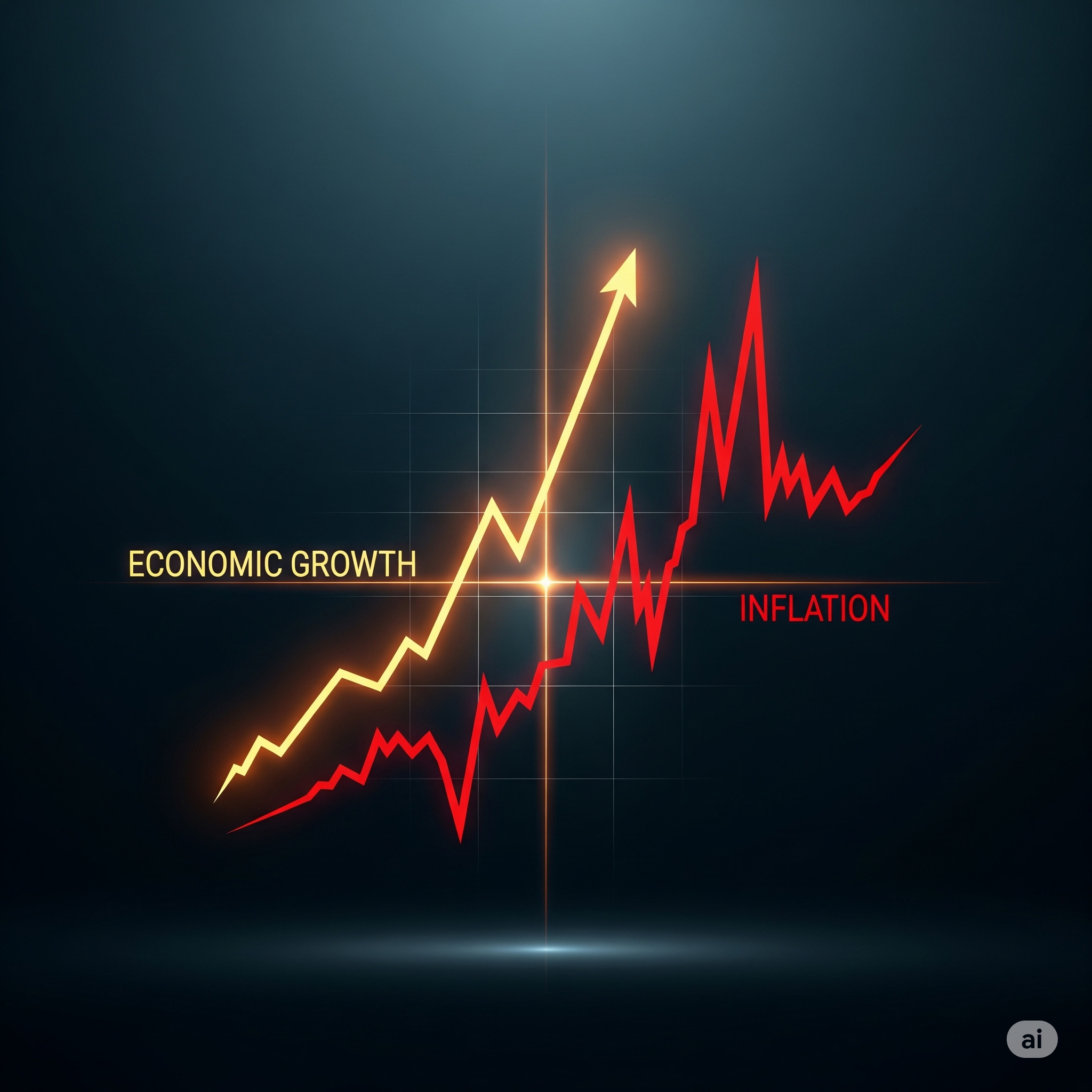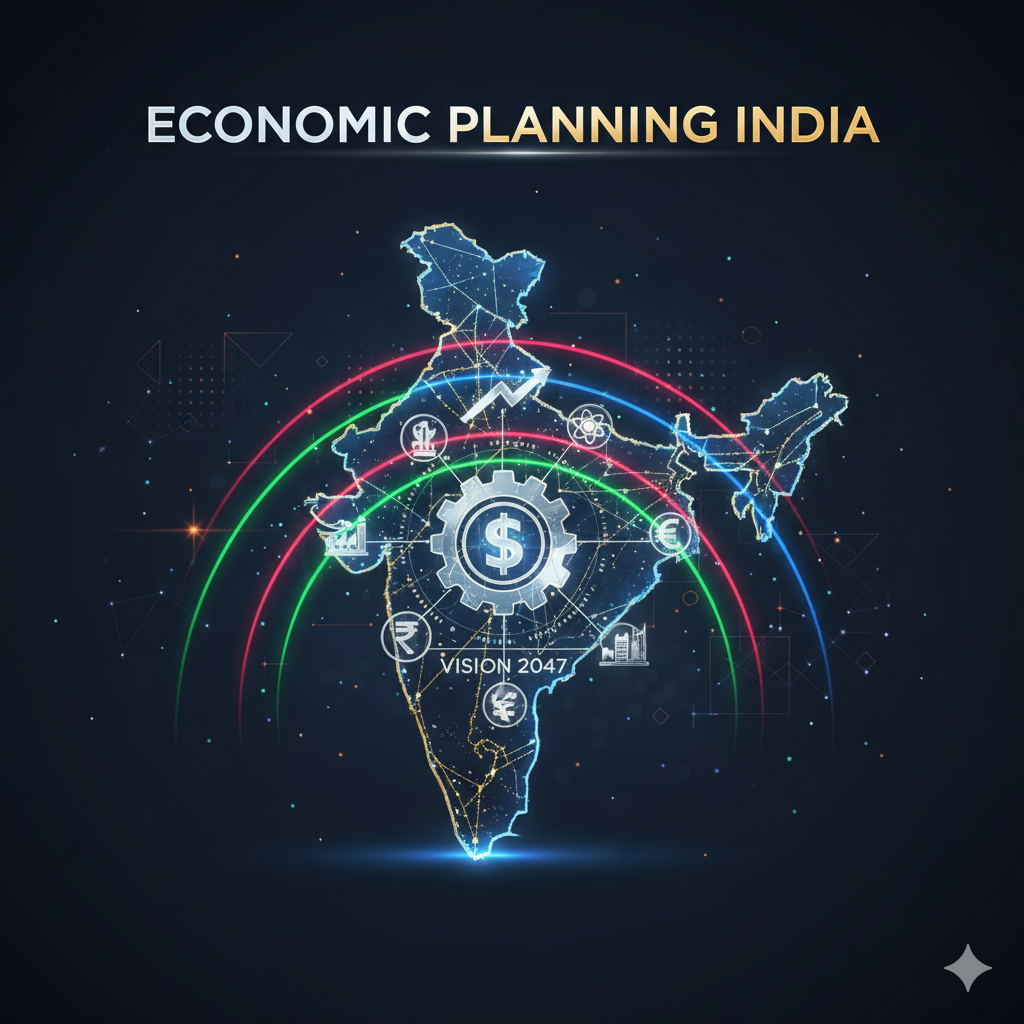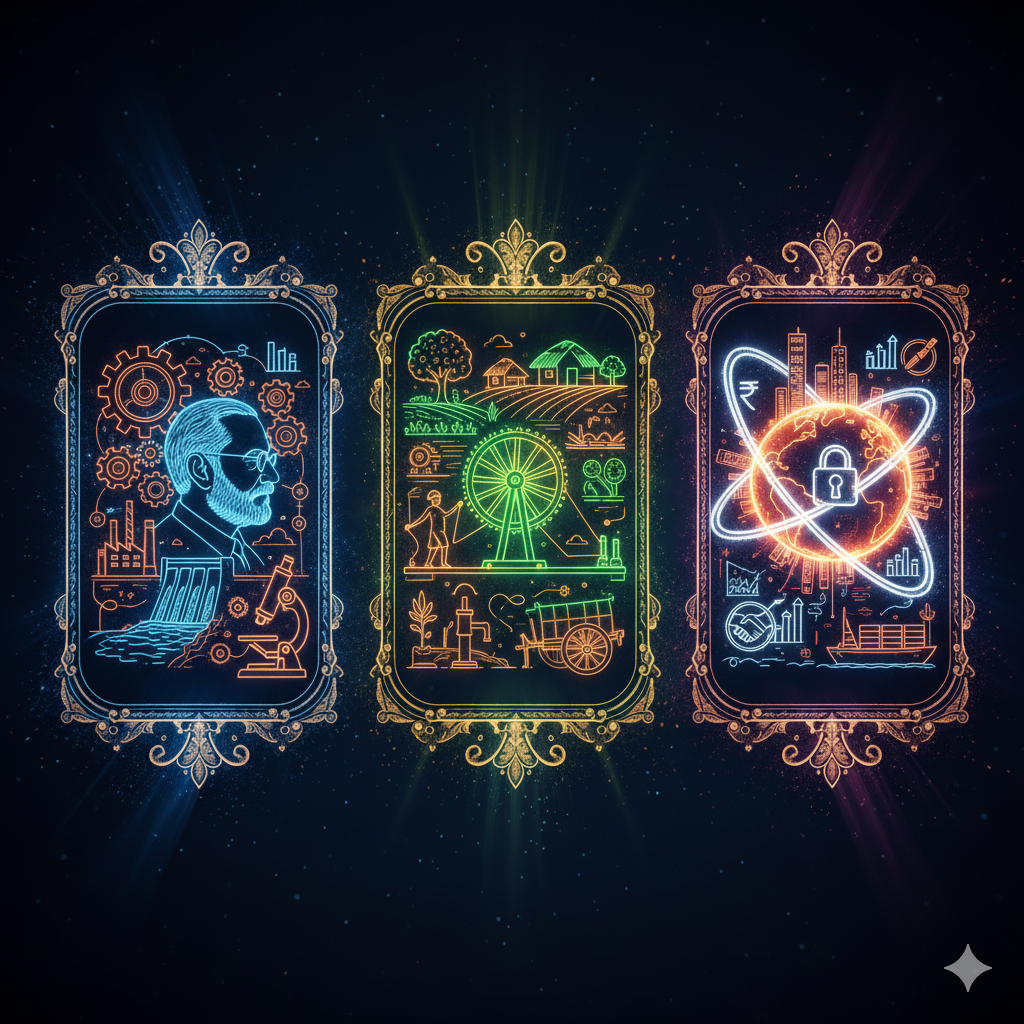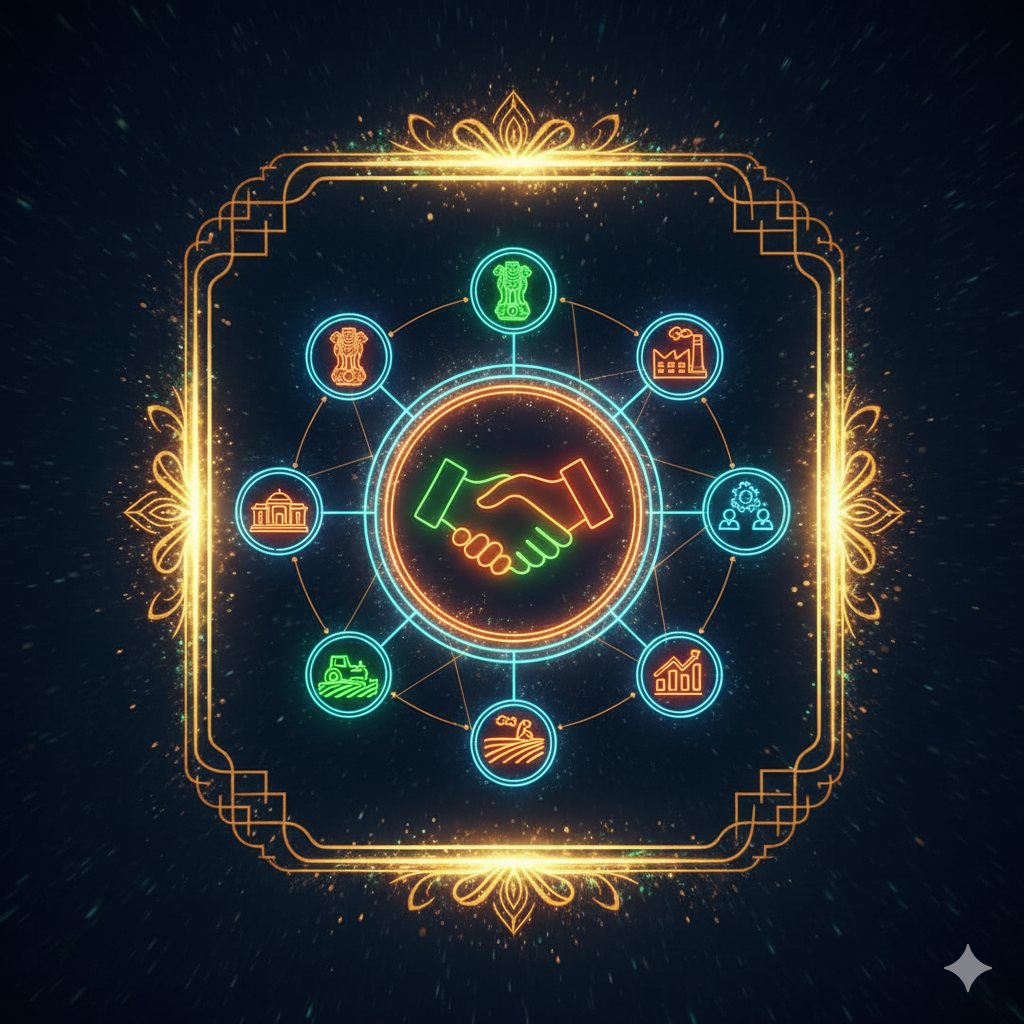Introduction
The United States (U.S.) has one of the most advanced and influential economies in the world, often setting the tone for global trade, finance, and monetary policies. Two of the most critical aspects that shape the U.S. economy are economic growth and inflation. Economic growth reflects the pace at which a nation produces goods and services, while inflation measures the rate at which the general level of prices increases over time. Together, these indicators determine living standards, monetary policies, and the overall economic well-being of the country.
Understanding the relationship between growth and inflation is vital because a balance between the two ensures stability. Too much inflation can erode purchasing power, while low or negative inflation (deflation) can lead to stagnant growth. Similarly, rapid growth without stability can create bubbles that eventually burst. This article explores the concept of U.S. economic growth and inflation in detail, tracing their historical evolution, current trends, challenges, and future outlook.
Understanding Economic Growth in the U.S.
Definition and Measurement
Economic growth refers to the increase in a nation’s production of goods and services over time, usually measured by Gross Domestic Product (GDP). In the U.S., GDP is calculated by the Bureau of Economic Analysis (BEA) and includes consumption, investment, government spending, and net exports.
Key indicators of growth include:
- Real GDP Growth Rate: Adjusted for inflation to measure actual production increase.
- Per Capita Income: Reflects income growth per individual.
- Employment and Productivity Levels: Indicates labor market strength and efficiency.
Historical Context
The U.S. economy has experienced phases of rapid growth and downturns:
- Post-War Boom (1945–1970s) – Characterized by industrial expansion, suburbanization, and high productivity.
- Stagflation Era (1970s–early 1980s) – Growth slowed while inflation remained high due to oil shocks and weak productivity.
- The “Great Moderation” (1980s–2007) – Period of stable growth, low inflation, and controlled monetary policies.
- The 2008 Global Financial Crisis – Marked by recession, high unemployment, and sluggish recovery.
- Post-COVID Era (2020–present) – The U.S. experienced deep recession in 2020 followed by rapid recovery in 2021, but inflation surged due to supply-chain disruptions and stimulus-driven demand.
Understanding Inflation in the U.S.
Definition and Measurement
Inflation is the rate at which the prices of goods and services rise, reducing purchasing power. It is measured by:
- Consumer Price Index (CPI): Tracks average change in prices for consumer goods.
- Producer Price Index (PPI): Measures price changes at the wholesale or producer level.
- Personal Consumption Expenditures (PCE) Price Index: Preferred by the Federal Reserve for policy-making.
Causes of Inflation
- Demand-Pull Inflation: When demand exceeds supply.
- Cost-Push Inflation: Rising production costs push up prices.
- Built-In Inflation: When wages rise, leading to higher costs and prices.
Historical Inflation Trends in the U.S.
- 1970s Inflation Crisis – Oil shocks led to double-digit inflation.
- 1980s–1990s Stability – Federal Reserve policies under Paul Volcker and Alan Greenspan reduced inflation.
- 2000s Low Inflation – Stable but vulnerable to global financial crises.
- 2021–2023 Inflation Surge – Post-pandemic stimulus, supply disruptions, and energy price hikes pushed inflation to 40-year highs, peaking at over 9% in June 2022.
The Relationship Between Growth and Inflation
The relationship between growth and inflation in the U.S. is complex:
- Moderate Inflation & Growth: Historically, inflation around 2% supports growth as it encourages spending and investment.
- High Inflation: Reduces consumer purchasing power, slows growth, and prompts the Federal Reserve to increase interest rates.
- Deflation: Leads to reduced demand, business losses, and unemployment, which slows growth further.
This balance is often described by the Phillips Curve, which shows an inverse relationship between unemployment and inflation. However, recent years have challenged this theory, as both high inflation and high employment have coexisted.
Current State of U.S. Economic Growth
Post-Pandemic Recovery
The COVID-19 pandemic caused a sharp economic contraction in 2020. However, massive fiscal stimulus packages, low interest rates, and vaccine rollouts supported a quick rebound in 2021. The GDP grew by nearly 5.9% in 2021, the fastest since 1984.
Slowdown in 2022–2023
Inflation pressures, tightening monetary policies, and global instability (including the Russia-Ukraine conflict) slowed growth. In 2022, GDP growth fell to 2.1%, while in 2023 it stabilized but at a lower pace.
Employment Trends
The unemployment rate fell to around 3.5% by mid-2023, reflecting a strong labor market. However, concerns remain about wage growth fueling inflation.
Current State of U.S. Inflation
2021–2022 Surge
Inflation peaked at over 9% in June 2022, the highest since the early 1980s. The main drivers included:
- Supply-chain bottlenecks.
- Rising energy prices due to the Russia-Ukraine war.
- Excess demand from fiscal stimulus.
Federal Reserve Response
To curb inflation, the Federal Reserve increased interest rates aggressively in 2022–2023, raising borrowing costs for businesses and consumers. While this helped bring inflation down to 3–4% in 2023, it also slowed economic growth.
Challenges Facing the U.S. Economy
- Balancing Inflation and Growth
- The Fed must avoid “over-tightening,” which risks a recession, while also controlling inflation.
- The Fed must avoid “over-tightening,” which risks a recession, while also controlling inflation.
- Global Uncertainties
- Ongoing geopolitical tensions, trade wars, and energy market instability affect growth and inflation.
- Ongoing geopolitical tensions, trade wars, and energy market instability affect growth and inflation.
- Fiscal Deficit and Debt
- U.S. national debt surpassed $31 trillion, creating long-term inflationary risks.
- U.S. national debt surpassed $31 trillion, creating long-term inflationary risks.
- Income Inequality
- Growth is uneven, with rising inequality threatening sustainable development.
- Growth is uneven, with rising inequality threatening sustainable development.
- Climate Change and Green Transition
- Investments in renewable energy and climate resilience may initially increase costs, affecting inflation trends.
Future Outlook
Economic Growth Prospects
- Short-Term: Growth is expected to remain moderate (around 2%) as the economy adjusts to higher interest rates.
- Medium-Term: Technology, innovation, and clean energy investments may drive productivity.
- Long-Term: Demographic changes (aging population) could slow growth potential.
Inflation Outlook
- Inflation is expected to gradually decline toward the Fed’s 2% target by 2025, but risks remain due to global supply shocks and labor market dynamics.
Policy Considerations
- Monetary Policy: Fed must balance rate hikes with growth needs.
- Fiscal Policy: Government spending on infrastructure and green energy could stimulate growth.
- Structural Reforms: Investments in education, workforce skills, and healthcare can enhance sustainable growth.
Conclusion
The U.S. economy stands at a critical juncture, where maintaining a delicate balance between economic growth and inflation is essential. While growth has rebounded strongly post-pandemic, inflation has emerged as the biggest challenge in recent years. The Federal Reserve’s actions, combined with government policies, will shape the future trajectory of both growth and inflation.
In the long run, sustained investments in innovation, infrastructure, and climate resilience will likely secure steady growth, while prudent monetary management will ensure inflation remains stable. For students, policymakers, and researchers, the U.S. experience provides valuable insights into the interconnected dynamics of growth and inflation in a globalized world.




